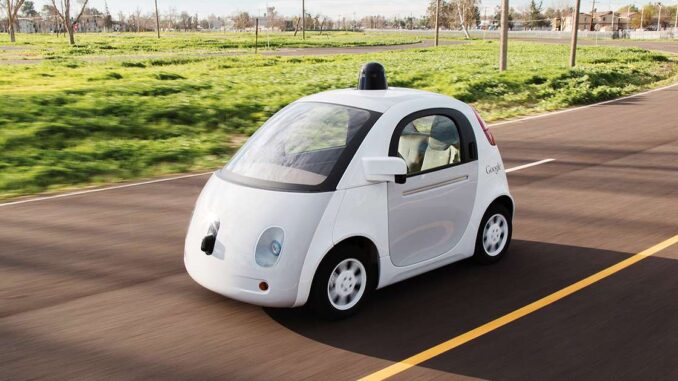
Self-driving vehicles, often referred to as autonomous vehicles, leverage advanced technologies such as artificial intelligence, machine learning, computer vision, radar, and LIDAR to navigate and operate without human intervention.
One notable company in this space is Waymo, which originated as the Google Self-Driving Car Project in 2009 and later became a subsidiary of Alphabet Inc.









### Key Features of Waymo and Self-Driving Vehicles:
1. **Autonomous Levels**: The Society of Automotive Engineers (SAE) defines six levels of vehicle automation, ranging from Level 0 (no automation) to Level 5 (full automation). Waymo’s vehicles have been designed to achieve levels 4 and 5, indicating they can operate in specific environments or under certain conditions without a human driver.
2. **Technology**: Waymo vehicles utilize a combination of sensors—including LIDAR, cameras, and radar—to perceive their surroundings. This data is processed using complex algorithms and machine learning models, allowing the vehicle to make real-time decisions based on traffic patterns, road conditions, and other dynamic factors.
3. **Testing and Deployment**: Waymo has conducted extensive testing of its self-driving technology in various environments, including urban settings. The company has also launched Waymo One, a ride-hailing service operating in parts of Phoenix, Arizona, where users can hail a self-driving car through an app.
4. **Safety and Regulations**: Safety is a paramount concern for autonomous vehicle developers. Waymo emphasizes rigorous testing and contributes to the dialogue about regulatory frameworks that can ensure safe deployment. The technology continuously collects data to improve its algorithms and overall driving capabilities.
5. **Partnerships and Collaborations**: Waymo has formed partnerships with automakers, ride-hailing platforms, and logistics companies to expand the application of its technology, including in areas such as goods delivery and public transportation.
6. **Future Potential**: The potential benefits of self-driving vehicles include reduced traffic accidents, lower congestion, increased mobility for those unable to drive, and more efficient transportation systems. However, challenges remain, including public acceptance, liability issues, cybersecurity, and ethical considerations in decision-making algorithms.
Overall, Waymo represents a significant effort in the advancement of self-driving technology, aiming not just to innovate transportation but also to influence urban planning and the future of mobility. As regulations evolve and technology continues to improve, the adoption of autonomous vehicles is expected to grow, heralding a new era in transportation.

Leave a Reply